Home>Furniture & Design>Interior Design Trends>How To Break Glass Without Shattering


Interior Design Trends
How To Break Glass Without Shattering
Modified: February 18, 2024
Discover the latest interior design trends and learn how to break glass without shattering. Transform your space with these innovative techniques.
(Many of the links in this article redirect to a specific reviewed product. Your purchase of these products through affiliate links helps to generate commission for Storables.com, at no extra cost. Learn more)
Introduction
Breaking glass without shattering it may seem like a paradox, but it's a skill that can be mastered with the right techniques and precautions. Whether you're a DIY enthusiast, a homeowner, or a professional in the construction or interior design industry, knowing how to break glass without causing it to shatter can be invaluable. This article will delve into the properties of glass, explore various techniques for achieving clean breaks, and emphasize the importance of safety measures when working with glass.
Understanding the nature of glass and the factors that contribute to its tendency to shatter upon impact is crucial for anyone seeking to manipulate it effectively. By gaining insight into the molecular structure and composition of glass, as well as the forces that act upon it, individuals can develop a deeper appreciation for the art and science of breaking glass without causing it to splinter into countless shards.
The following sections will provide a comprehensive overview of the techniques and precautions necessary for achieving clean glass breaks. From scoring and snapping to using specialized tools and equipment, there are multiple approaches that can be employed to achieve the desired results. Additionally, safety precautions will be highlighted to underscore the importance of protecting oneself and others from potential hazards associated with working with glass.
By the end of this article, readers will have a solid understanding of the principles and methods involved in breaking glass without shattering it, empowering them to approach glass-related projects with confidence and precision. Let's embark on this enlightening journey into the world of glass manipulation and safety protocols.
Key Takeaways:
- Mastering the art of breaking glass without shattering requires understanding its unique properties and employing techniques like scoring and snapping, pliers, wet saw cutting, and heat application. Safety precautions are crucial for a secure working environment.
- Breaking glass without shattering is a blend of artistry, science, and responsibility. By mastering techniques and prioritizing safety, individuals can unlock the potential of glass as a versatile and captivating medium while ensuring their well-being and that of others.
Read more: How To Break Glass Without Touching It
Understanding the Properties of Glass
Glass, a versatile and ubiquitous material, is renowned for its transparency, durability, and aesthetic appeal. Understanding the fundamental properties of glass is essential for anyone seeking to work with it effectively and safely. At its core, glass is an amorphous solid, lacking the crystalline structure found in most solids. This unique molecular arrangement contributes to both the strength and fragility of glass.
One of the defining characteristics of glass is its lack of a regular, repeating crystalline structure. Instead, the atoms in glass are arranged in a disordered fashion, resembling a frozen liquid rather than a true solid. This molecular arrangement allows light to pass through, giving glass its transparency. However, this lack of a crystalline structure also makes glass inherently brittle, as there are no organized molecular patterns to provide strength and flexibility.
The composition of glass plays a significant role in its properties. While the primary component of glass is silicon dioxide, various additives and modifiers are often incorporated to achieve specific characteristics. For instance, the addition of metal oxides can impart color to the glass, while certain compounds can enhance its resistance to thermal shock. These compositional variations result in a wide range of glass types, each with distinct properties and applications.
When subjected to force or impact, the molecular structure of glass responds in a unique manner. Unlike metals and other crystalline materials that can deform and absorb energy, glass lacks the internal structure to dissipate force. As a result, when stress is applied beyond a certain threshold, the molecular bonds in glass rupture, leading to fracture propagation. This phenomenon explains why glass tends to shatter into sharp, irregular fragments when broken, posing potential hazards to individuals in the vicinity.
In summary, the properties of glass are shaped by its non-crystalline molecular structure and compositional diversity. These factors contribute to its transparency, brittleness, and susceptibility to fracture. By comprehending the nature of glass at a molecular level, individuals can gain valuable insights into its behavior and leverage this knowledge to manipulate glass effectively while minimizing the risk of shattering.
Techniques for Breaking Glass Without Shattering
Breaking glass without shattering it requires precision, patience, and the application of appropriate techniques. Whether you're cutting glass for a DIY project, installing a new window, or working on a stained glass masterpiece, employing the right methods can make all the difference in achieving clean breaks without creating hazardous shards. Here are several effective techniques for breaking glass without shattering:
-
Scoring and Snapping: This classic technique involves using a glass cutter to score the surface of the glass along the desired cutting line. The score should be firm and consistent, creating a visible line without penetrating the entire thickness of the glass. Once the score is made, the glass can be carefully snapped along the scored line, resulting in a clean break. This method is commonly used for cutting large sheets of glass and creating straight lines.
-
Using Pliers or Running Pliers: After scoring the glass, running pliers can be employed to apply pressure along the scored line, facilitating a controlled break. These specialized pliers feature a curved jaw that exerts even pressure along the glass, encouraging the break to propagate along the scored line. This technique is particularly useful for achieving precise breaks in stained glass and smaller glass pieces.
-
Wet Saw Cutting: For thicker glass or intricate cuts, a wet saw equipped with a diamond blade can be utilized. The continuous flow of water from the saw helps to cool the glass and minimize the risk of shattering. The diamond blade grinds through the glass, creating a clean cut without inducing excessive stress that could lead to shattering. This method is commonly employed in professional glass workshops and studios for intricate and challenging cuts.
-
Using Glass Breaking Pliers: Glass breaking pliers, also known as grozing pliers, are designed to nibble away at the edges of glass, creating controlled breaks. By carefully nibbling along the edges of the glass, these pliers can be used to refine the shape of glass pieces without inducing shattering. This technique is valuable for adjusting the size and shape of glass components in stained glass projects and other intricate glasswork.
-
Applying Heat: In some cases, applying localized heat to the glass can facilitate controlled breaks. By using a propane torch or a hot wire, the glass can be heated along the intended break line, altering its molecular structure and making it more receptive to controlled breaking. This method is often used in specialized glass shaping and manipulation processes, such as glass bending and sculpting.
By mastering these techniques and selecting the most suitable method for the specific glass cutting or breaking task at hand, individuals can effectively achieve clean breaks without shattering the glass. It's important to approach each technique with care, ensuring that the necessary safety precautions are in place and that the tools and equipment are used in accordance with best practices. With practice and attention to detail, breaking glass without shattering can become a skill that yields precise and safe results for a wide range of glass-related projects.
Use a glass cutter to score the glass along the desired break line. Then, apply gentle pressure on both sides of the score line to break the glass cleanly.
Safety Precautions
When working with glass, prioritizing safety is paramount to mitigate the risks associated with handling this material. Glass cutting and breaking processes involve sharp edges, potential projectiles, and exposure to hazardous fumes or particles. By adhering to essential safety precautions, individuals can safeguard themselves and others while executing glass-related tasks. Here are crucial safety measures to observe:
-
Personal Protective Equipment (PPE): Prior to commencing any glass cutting or breaking activities, it is imperative to don appropriate personal protective equipment. This includes safety goggles to shield the eyes from glass shards, cut-resistant gloves to protect the hands, and long-sleeved clothing to minimize skin exposure. Additionally, wearing a dust mask or respirator is advisable to prevent inhalation of glass dust and particles.
-
Workspace Preparation: Establishing a well-organized and clutter-free workspace is essential for safe glass manipulation. Ensure that the work area is adequately illuminated to facilitate clear visibility and that all unnecessary items are removed from the vicinity. By maintaining a tidy workspace, the risk of accidental trips, falls, or collisions with objects can be minimized.
-
Proper Tool Handling: Familiarize yourself with the correct handling and usage of glass cutting and breaking tools. Ensure that cutting implements, such as glass cutters and pliers, are in good condition and used in accordance with manufacturer guidelines. When employing power tools, such as wet saws, adhere to all safety instructions and utilize appropriate safety guards and guides.
-
Secure Glass Support: When cutting or breaking glass, it is crucial to secure the glass on a stable and level surface. Utilize non-slip mats or specialized glass-cutting tables to prevent the glass from shifting during the cutting process. This minimizes the likelihood of accidental slips or misalignments that could lead to uncontrolled breaks.
-
Ventilation: If working in an enclosed space or engaging in processes that generate glass dust or fumes, ensure adequate ventilation to disperse airborne particles and maintain air quality. Consider using exhaust fans or opening windows to facilitate air circulation and reduce the concentration of airborne contaminants.
-
Disposal of Waste: Properly dispose of glass shards, offcuts, and waste materials in designated containers or receptacles. Exercise caution when handling and disposing of sharp glass fragments to prevent injuries. Consider using sealed containers or bags to contain glass waste and minimize the risk of accidental cuts.
By diligently adhering to these safety precautions, individuals can create a secure working environment and mitigate the potential hazards associated with glass cutting and breaking. Prioritizing safety not only safeguards personal well-being but also contributes to the overall efficiency and precision of glass-related tasks. Remember, safety should always be the top priority when working with glass, ensuring that projects are completed with minimal risk and optimal results.
Conclusion
In conclusion, mastering the art of breaking glass without shattering it is a valuable skill that combines precision, technique, and safety. By understanding the unique properties of glass, individuals can appreciate its inherent strengths and vulnerabilities, laying the foundation for effective manipulation. The molecular structure and composition of glass, coupled with its response to external forces, underscore the need for deliberate and controlled approaches when cutting and breaking this material.
The techniques discussed in this article, including scoring and snapping, using pliers, wet saw cutting, employing glass breaking pliers, and applying heat, offer diverse options for achieving clean breaks without inducing shattering. Each method caters to specific applications and requirements, empowering individuals to select the most suitable approach for their glass-related projects. Whether it's cutting large sheets of glass for construction purposes or delicately shaping stained glass for artistic endeavors, the right technique can make all the difference in achieving precise and safe results.
Furthermore, the emphasis on safety precautions cannot be overstated. Prioritizing personal protective equipment, maintaining a well-prepared workspace, handling tools with care, securing glass support, ensuring adequate ventilation, and proper waste disposal are essential elements of a safety-first approach. By integrating these precautions into glass-related tasks, individuals can safeguard themselves and others from potential hazards, fostering a secure and productive working environment.
Ultimately, the journey of breaking glass without shattering it is a blend of artistry, science, and responsibility. It requires a deep understanding of the material, a mastery of techniques, and an unwavering commitment to safety. As individuals embark on their glass-related endeavors, whether as DIY enthusiasts, artisans, or professionals, they are encouraged to approach each task with respect for the material and a dedication to precision and safety.
By combining knowledge, skill, and safety, individuals can unlock the potential of glass as a versatile and captivating medium, realizing their creative visions while ensuring the well-being of themselves and those around them. With this holistic approach, breaking glass without shattering becomes not only a technical feat but also a testament to the harmonious coexistence of human ingenuity and responsible craftsmanship.
Frequently Asked Questions about How To Break Glass Without Shattering
Was this page helpful?
At Storables.com, we guarantee accurate and reliable information. Our content, validated by Expert Board Contributors, is crafted following stringent Editorial Policies. We're committed to providing you with well-researched, expert-backed insights for all your informational needs.
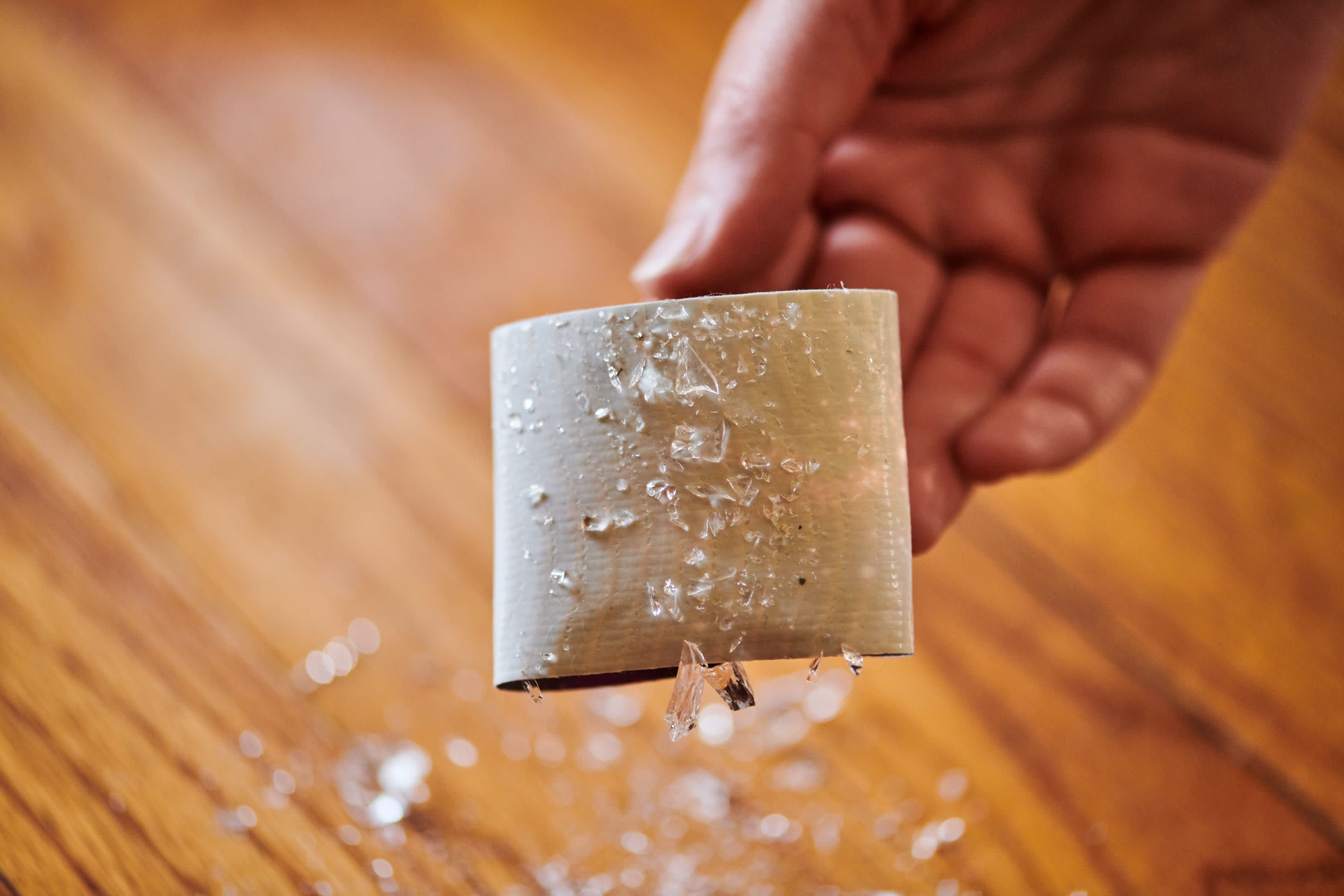

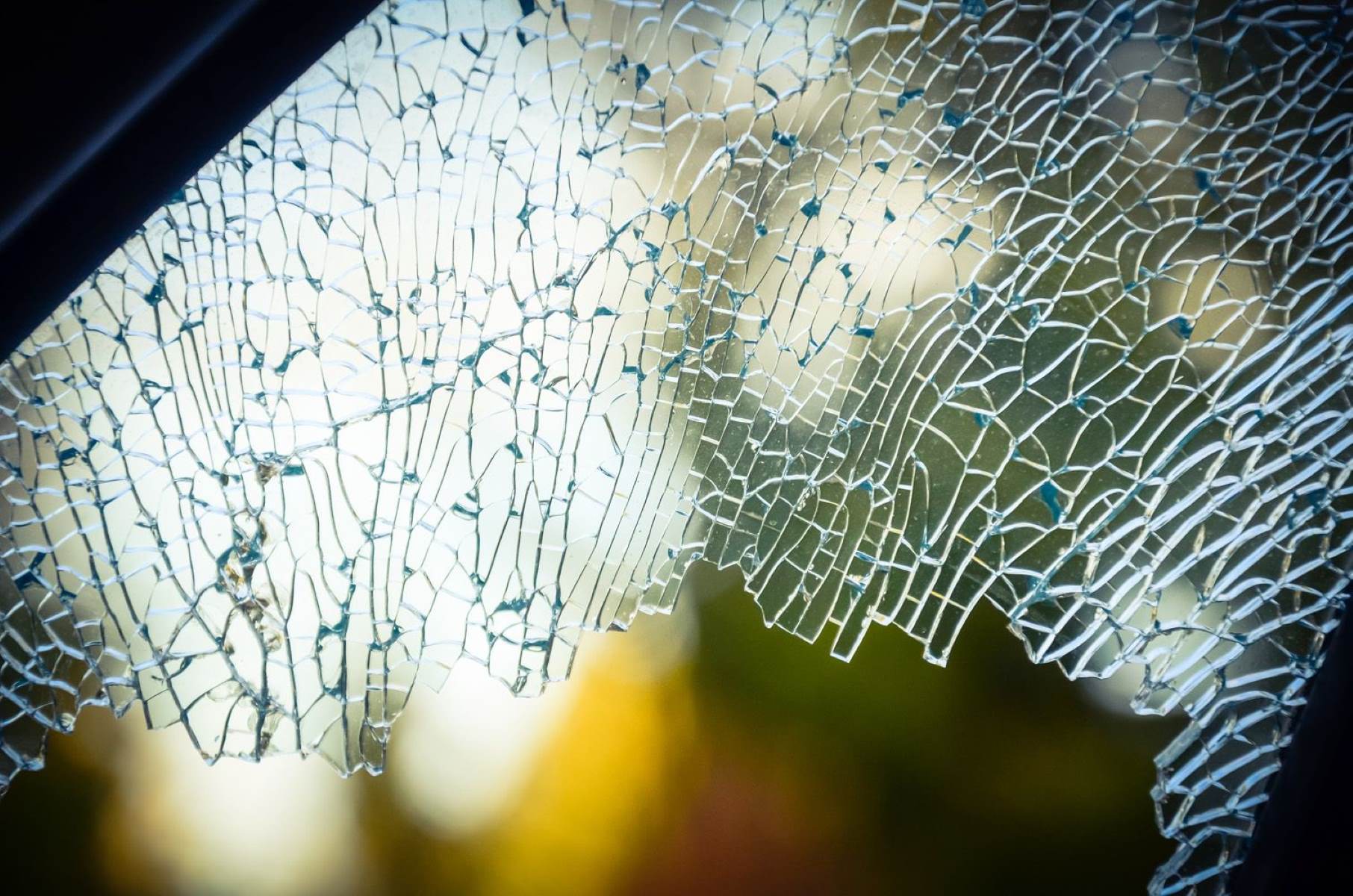
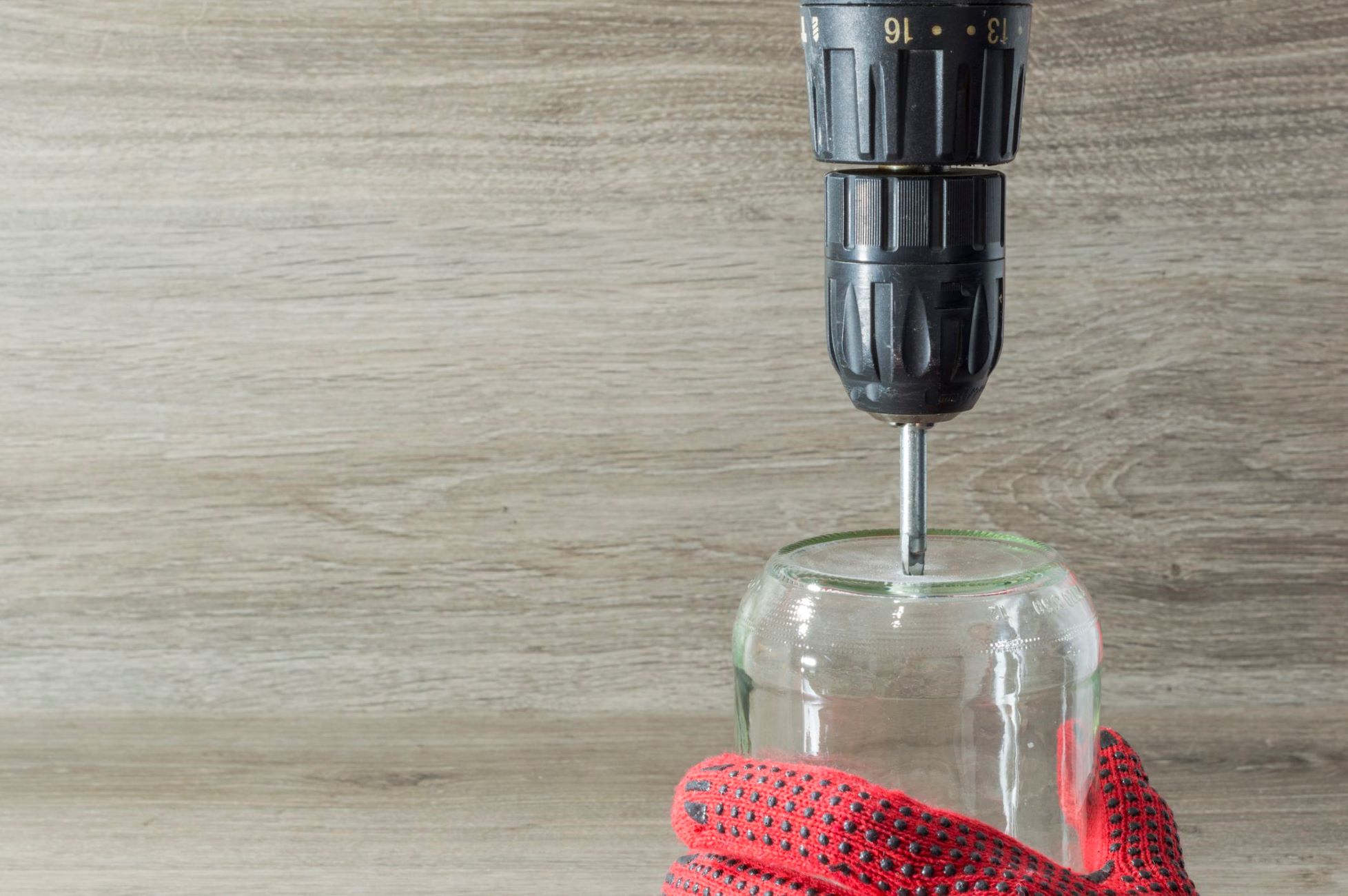

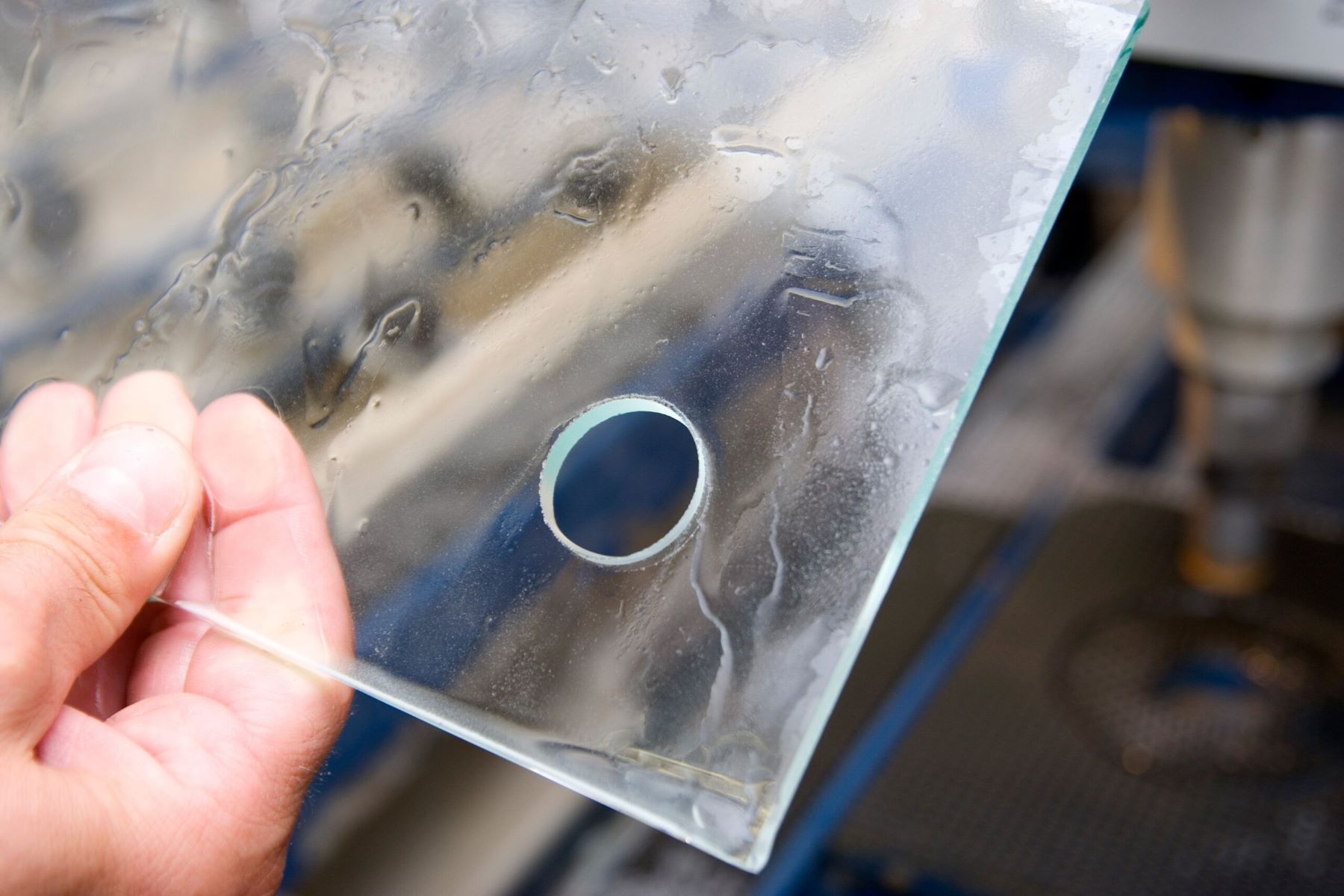
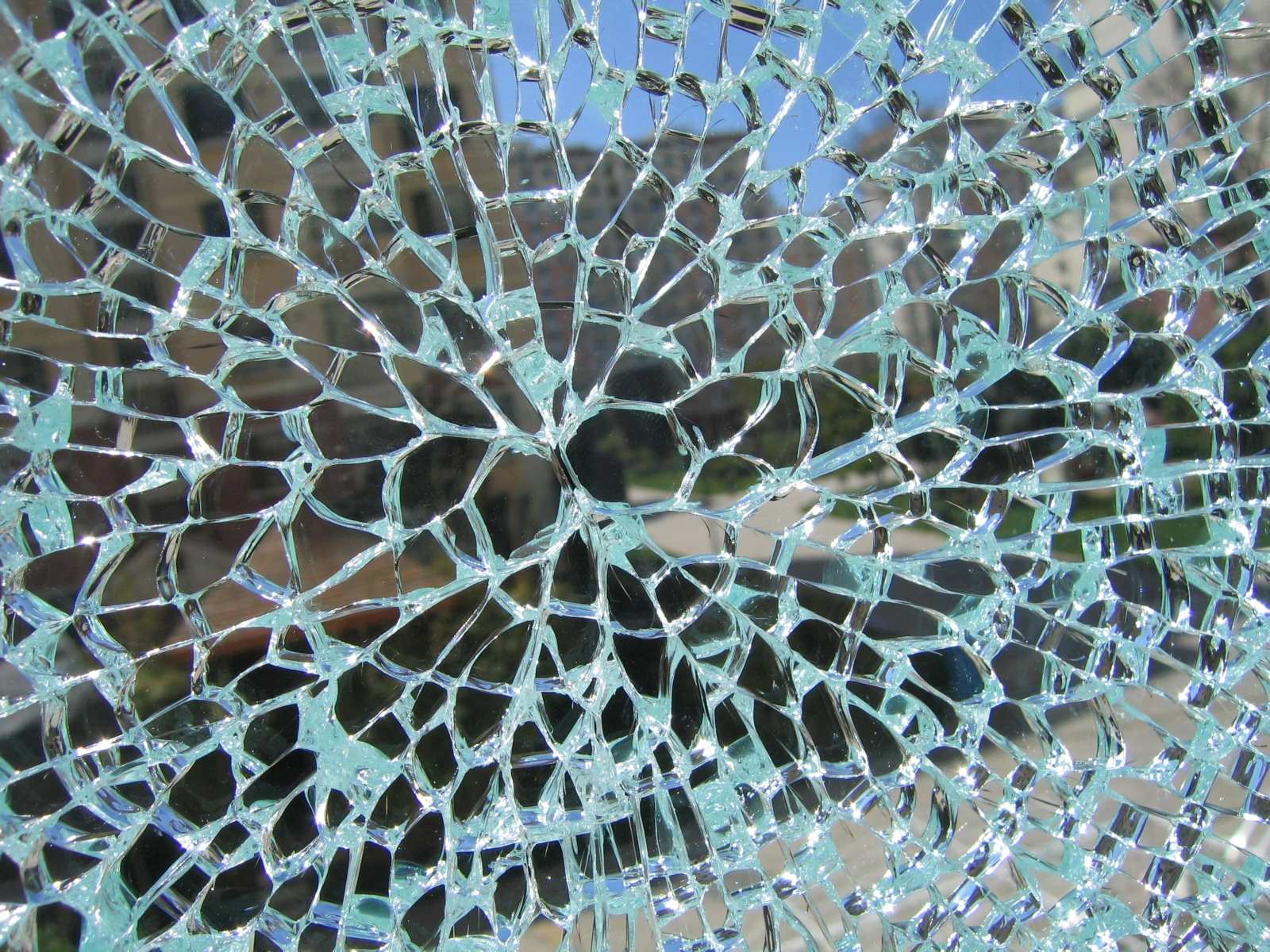
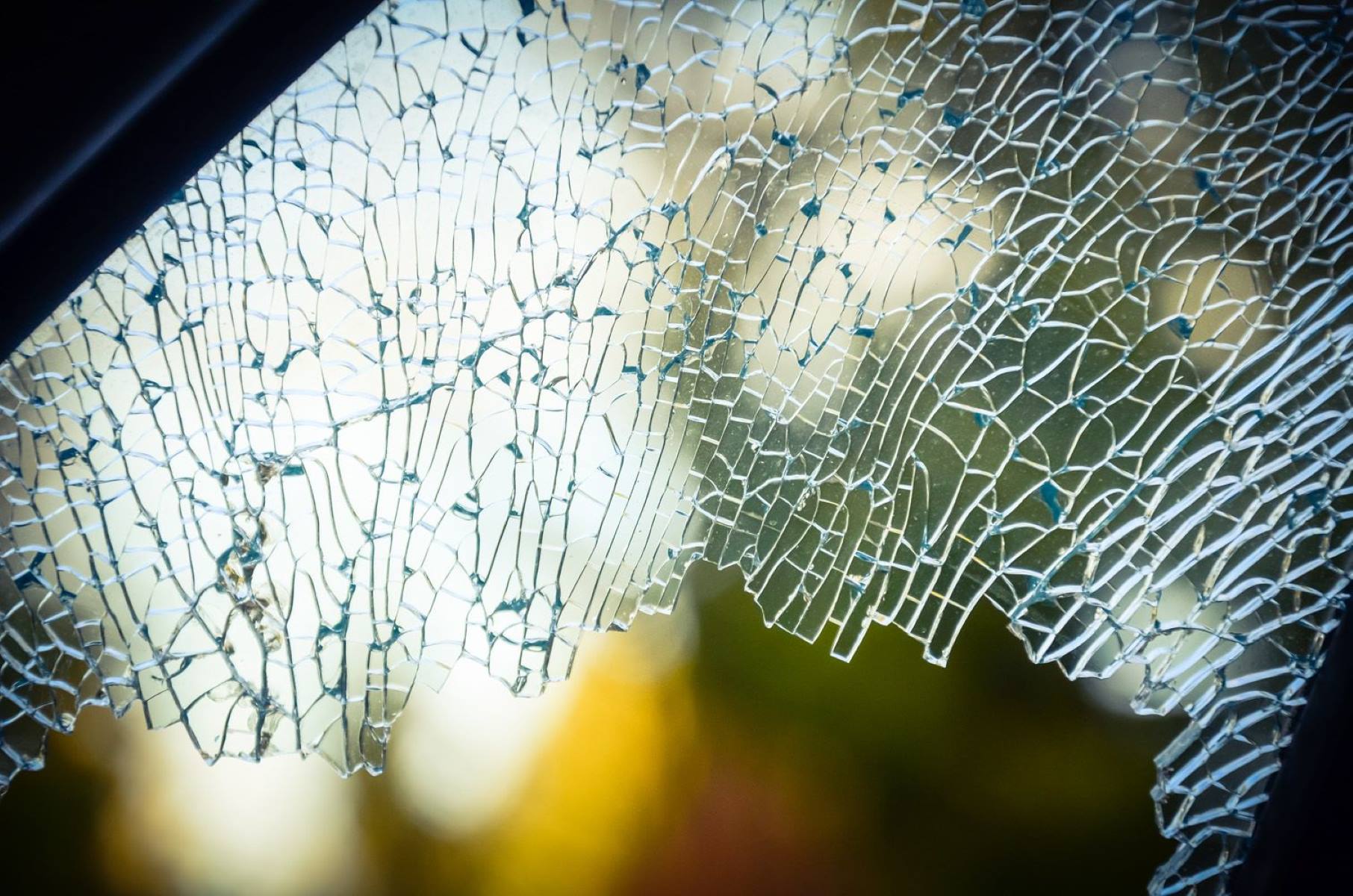
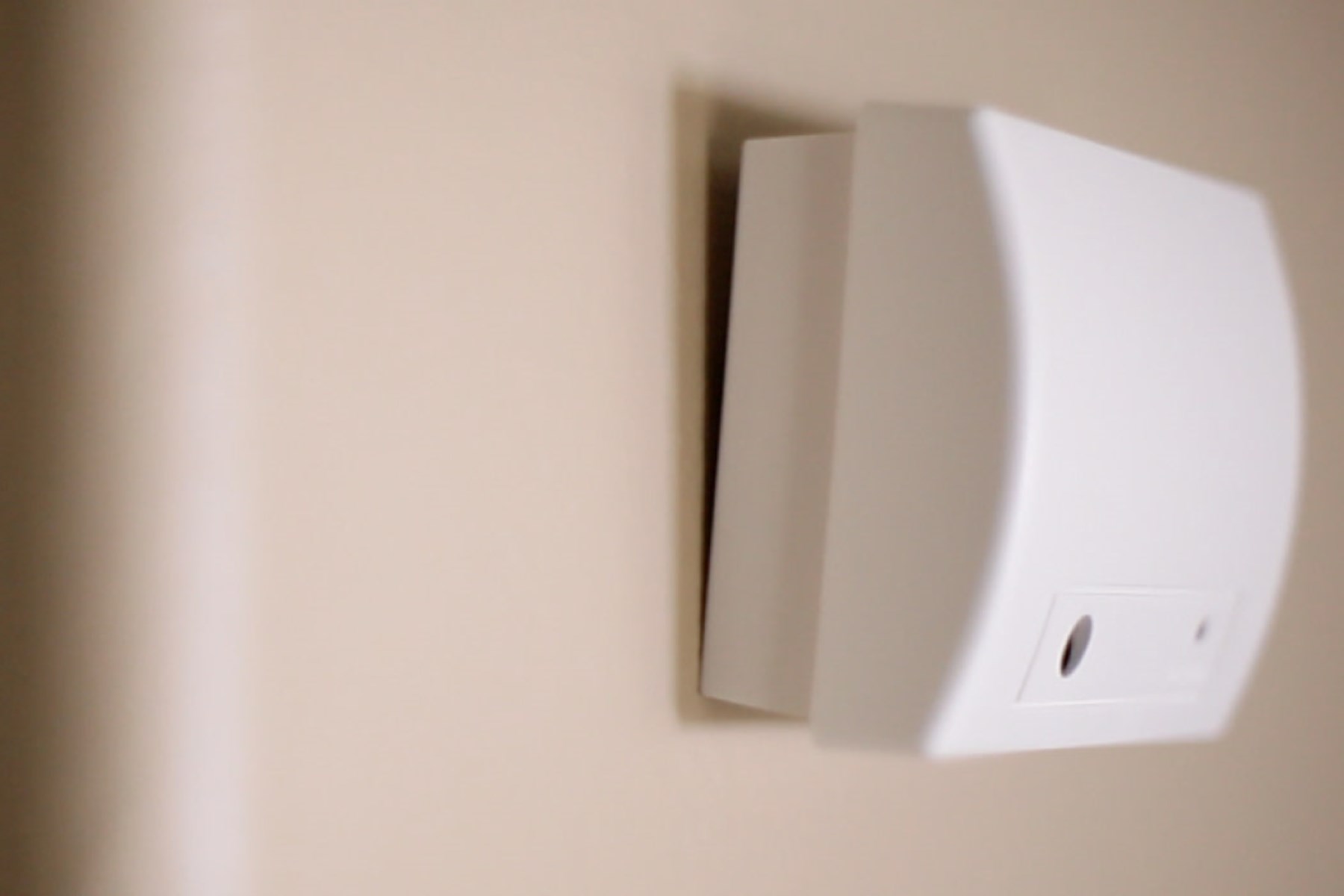
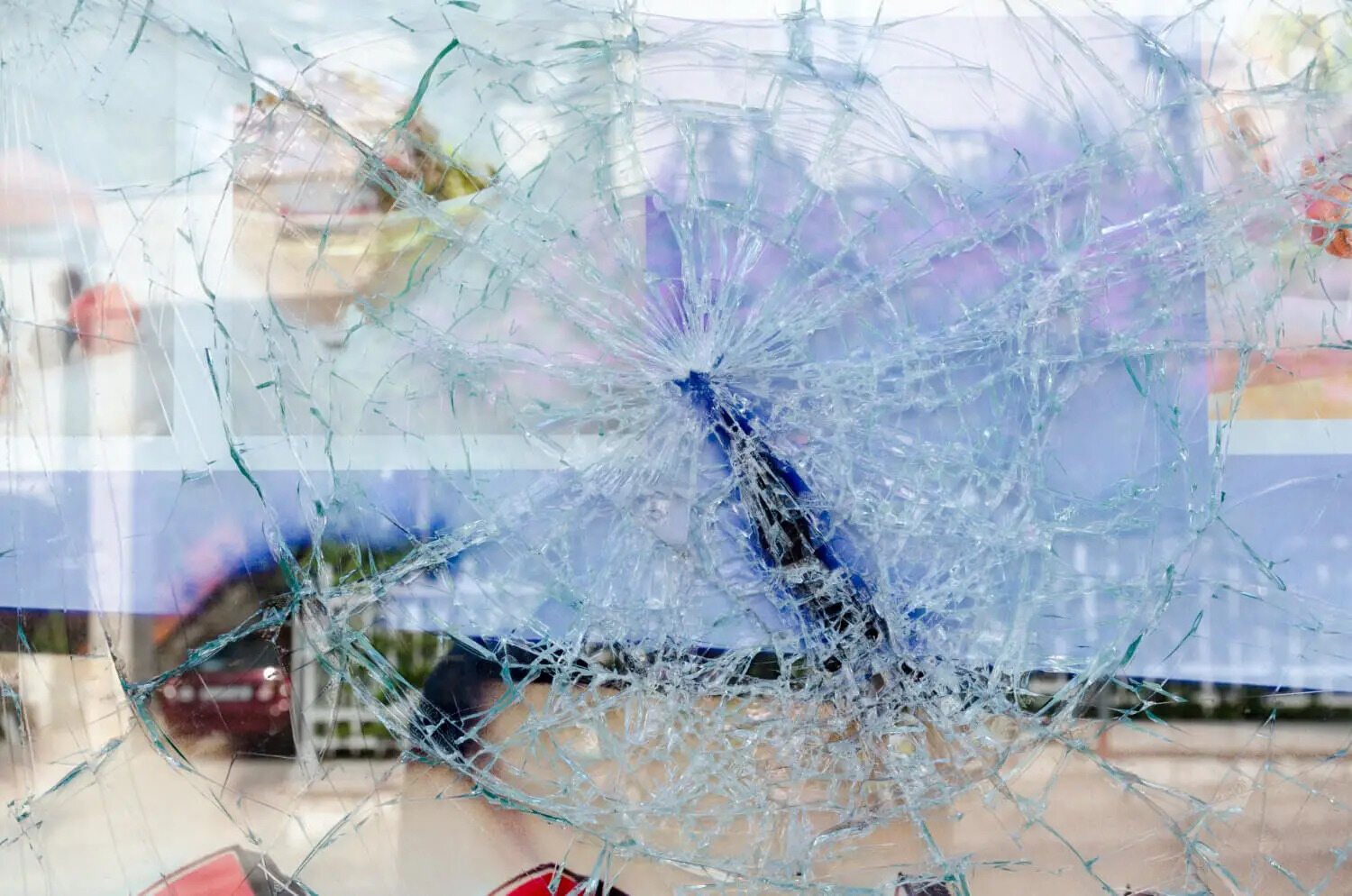
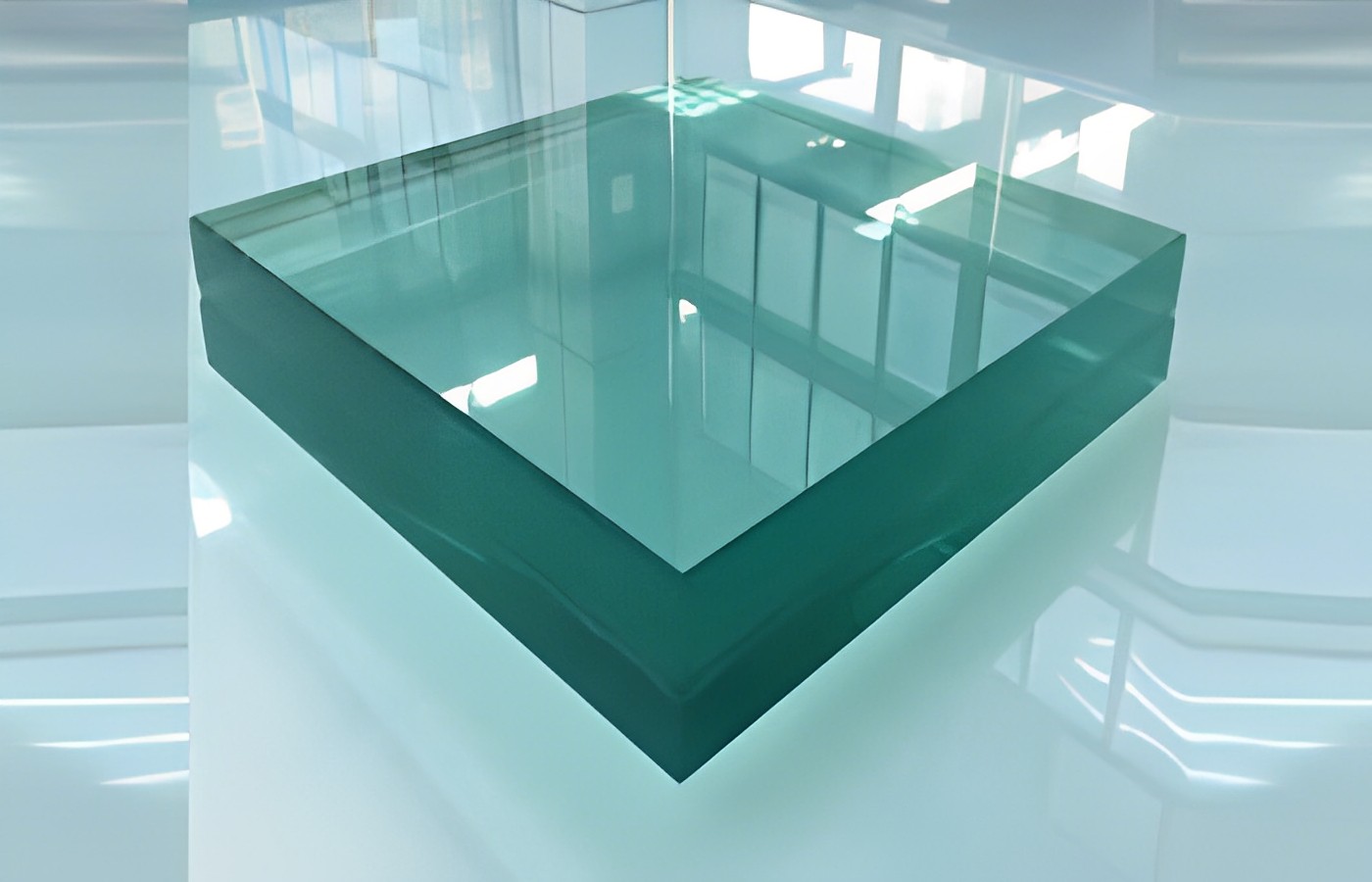
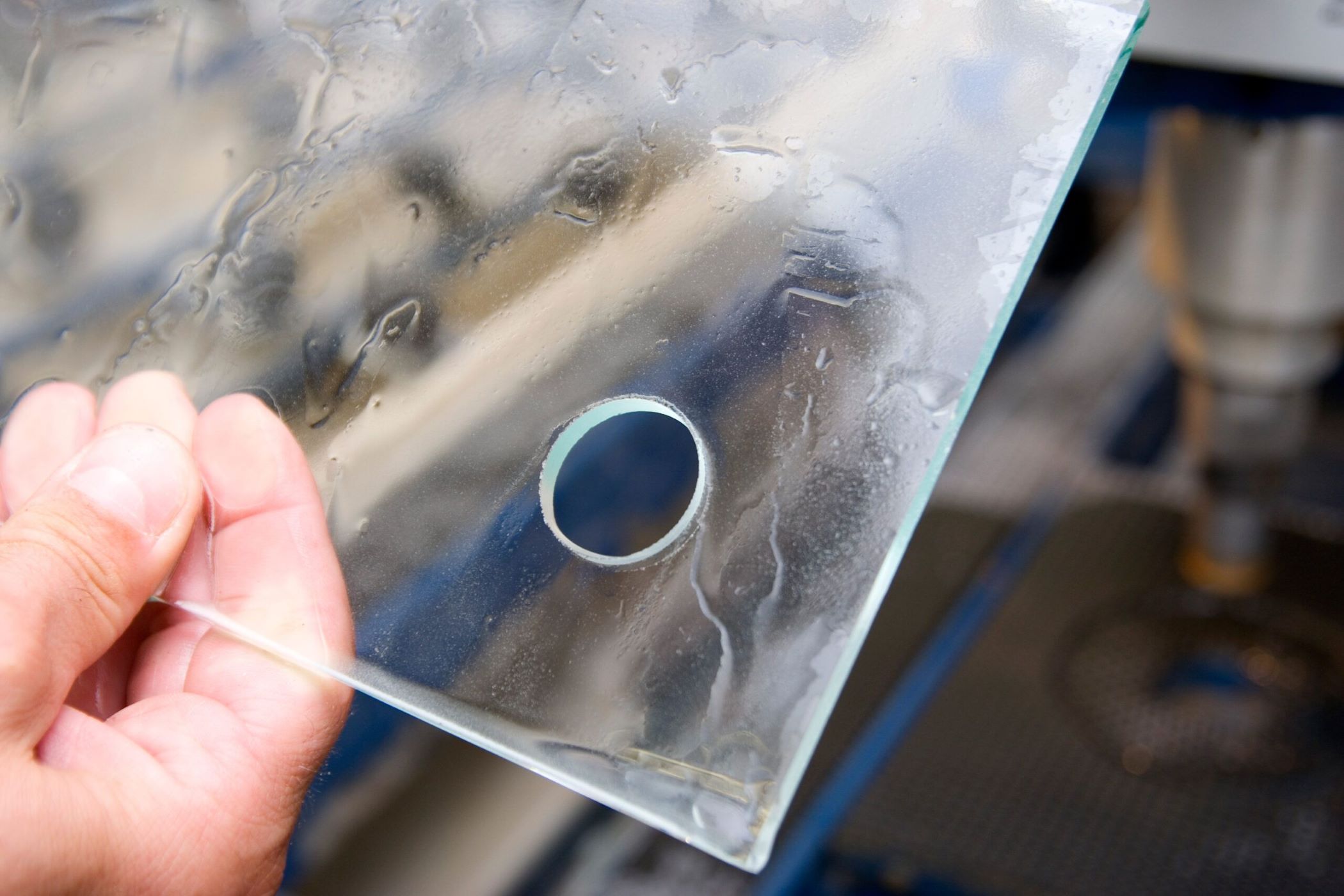
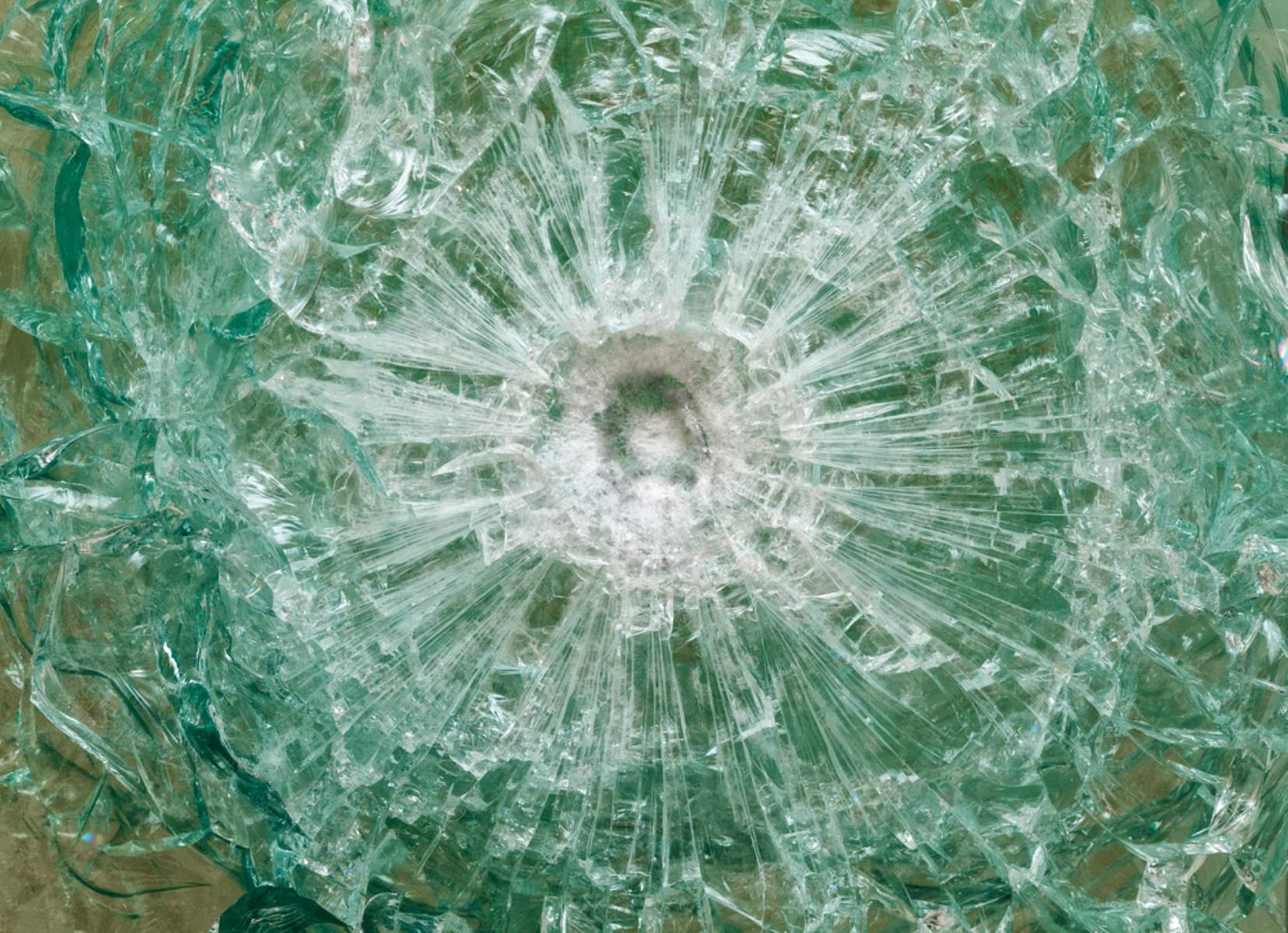

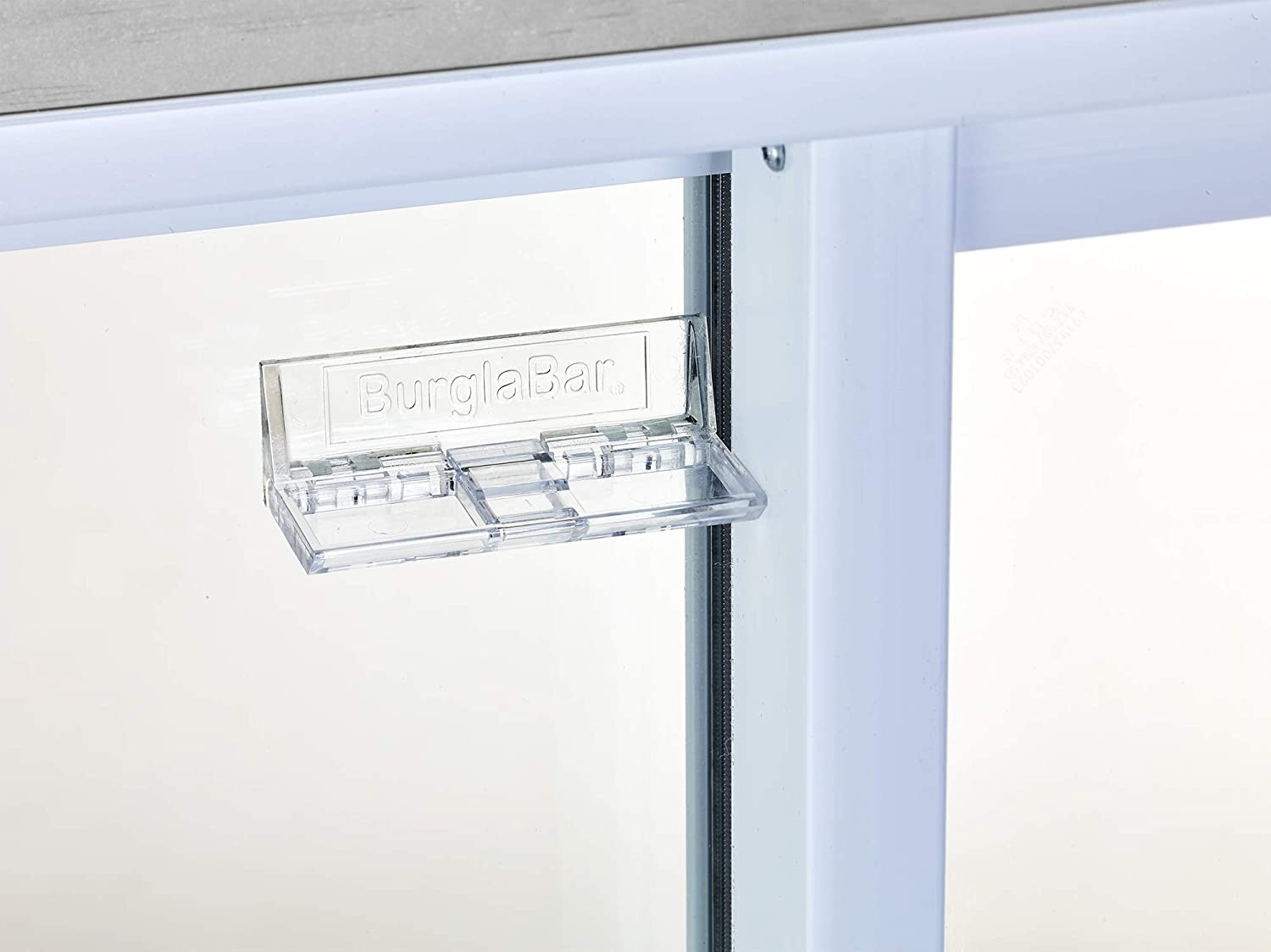

0 thoughts on “How To Break Glass Without Shattering”